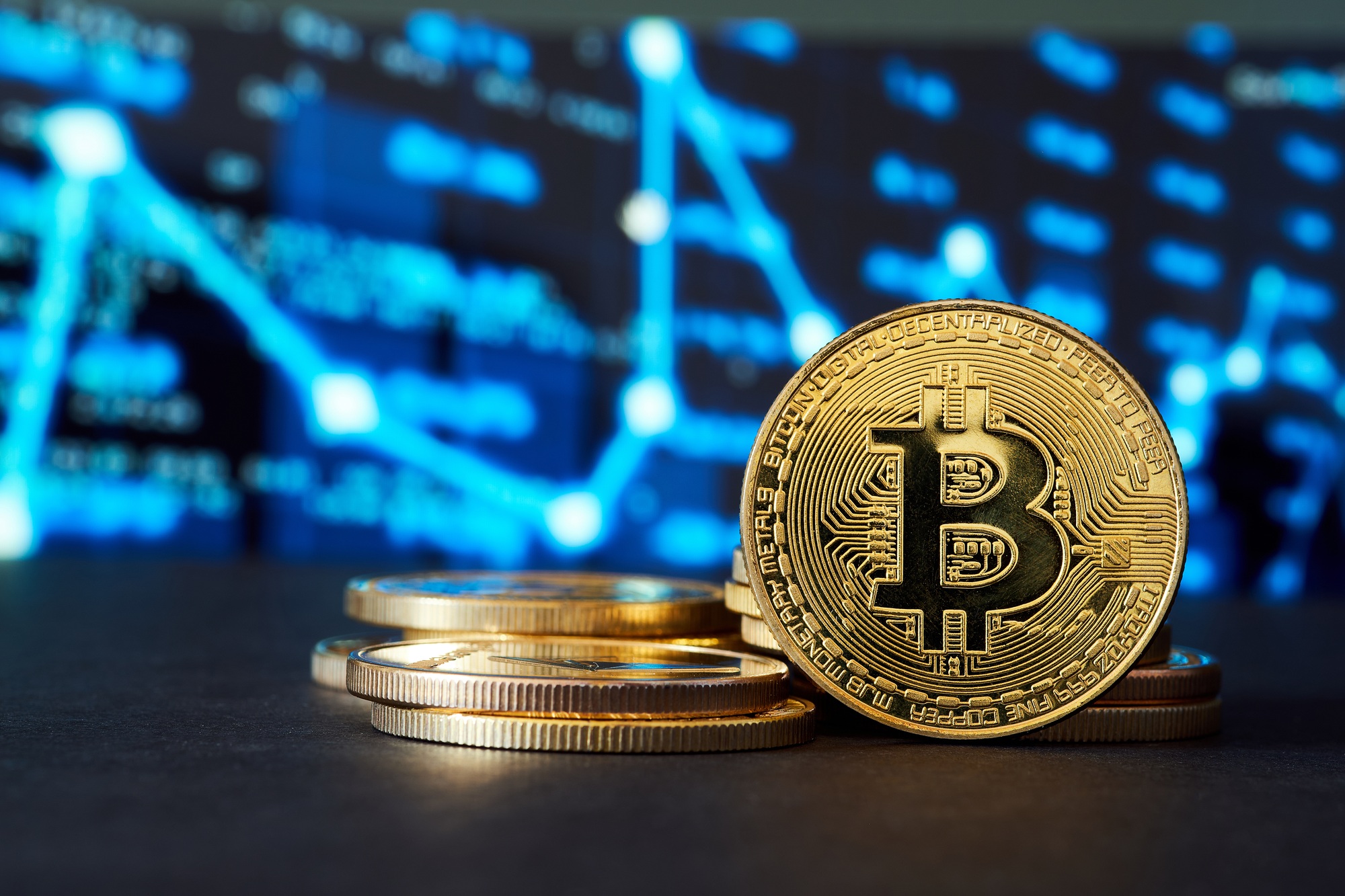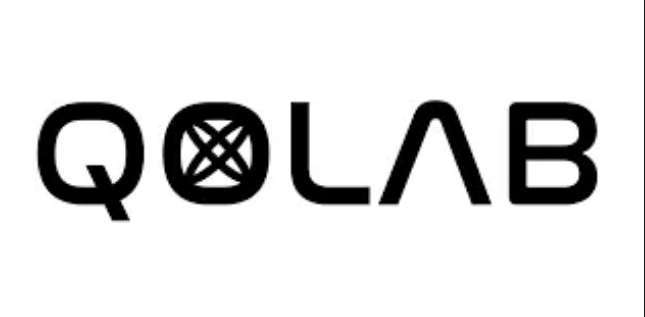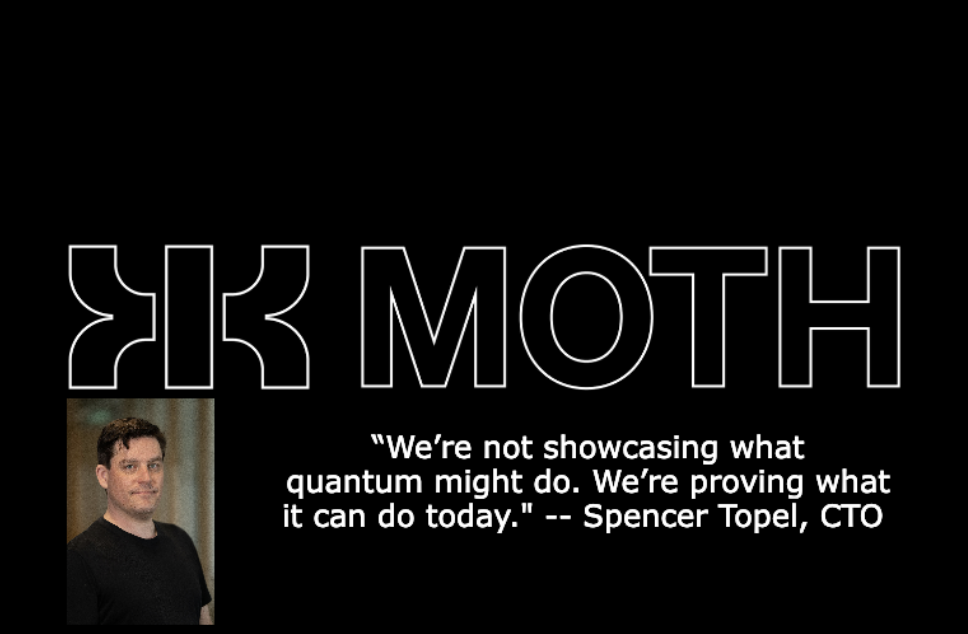Insider Brief
- SEALSQ Corp, through its QUASARS project, is advancing Post-Quantum Cryptography (PQC) with hybrid solutions and quantum-resistant hardware to secure critical systems like IoT and blockchain networks against quantum threats.
- As quantum computing evolves, SEALSQ addresses vulnerabilities in Bitcoin’s cryptographic framework by developing solutions to mitigate risks such as compromised public keys and ensuring long-term blockchain resilience.
- SEALSQ is committed to a quantum-secure future, providing innovative cryptographic hardware and software to safeguard critical infrastructures and enable a seamless transition into the quantum era.
PRESS RELEASE — SEALSQ Corp (NASDAQ: LAES) (“SEALSQ” or “Company”), a company that focuses on developing and selling Semiconductors, PKI, and Post-Quantum technology hardware and software products, today announced that it is at the forefront of developing innovative solutions to address the challenges posed by quantum computing. Through its QUASARS project, SEALSQ is advancing the field of Post-Quantum Cryptography (PQC) by creating hybrid solutions and quantum-resistant hardware designed to secure critical systems such as the Internet of Things (IoT) and blockchain networks.
Quantum Computing Risks to Bitcoin
As quantum computing evolves, its potential to disrupt blockchain-based systems like Bitcoin is becoming more evident. Bitcoin’s security relies on cryptographic principles that could be compromised by sufficiently powerful quantum computers.
Key vulnerabilities include:

- p2pk and Reused p2pkh Addresses: These expose public keys, allowing quantum computers to derive private keys and steal funds.
- Unspendable Bitcoins: Many Bitcoins in vulnerable addresses are inaccessible because their private keys have been lost. Without action, these coins remain at risk once quantum computers achieve sufficient computational power.
Mitigating Bitcoin’s Quantum Vulnerabilities
To safeguard Bitcoin against quantum threats, the community can take several actions:
- Transfer Funds to New p2pkh Addresses: Bitcoins in unused p2pkh addresses remain quantum-safe because their public keys are not exposed. Transferring funds to such addresses can prevent immediate risks.
- Consensus-Driven Ultimatums: A potential solution is for the Bitcoin community to establish an ultimatum requiring funds to be moved to safe addresses. After a set period, coins in unsafe addresses could become unusable. This measure, while effective, requires broad consensus and careful implementation to avoid unintended consequences.
Long-Term Resilience of Bitcoin
Even if all vulnerable Bitcoins are secured, blockchain systems remain at risk during transactions:
- Public keys are revealed when funds are transferred, creating a window for attackers with quantum computers to derive private keys and initiate competing transactions.
- Currently, Bitcoin’s network requires about 10 minutes to mine a block. Quantum computers would need to derive private keys faster than this to exploit the system. Scientific estimates suggest it currently takes a quantum computer approximately 30 minutes to hack a Bitcoin signature, making Bitcoin resistant for now. However, rapid advancements in quantum technology could reduce this time, jeopardizing the blockchain’s inherent security.
SEALSQ’s Commitment to a Quantum-Secure Future
SEALSQ is proactively addressing these challenges by developing quantum-resistant cryptographic solutions. Its innovations in hybrid post-quantum hardware and software ensure that critical systems, including Bitcoin and IoT networks, remain resilient in the quantum era. SEALSQ’s efforts empower organizations to transition securely into a future where quantum computing is a reality.
With its cutting-edge technology and dedication to cybersecurity, SEALSQ continues to lead the way in building a secure digital future that is resistant to even the most advanced threats.

















